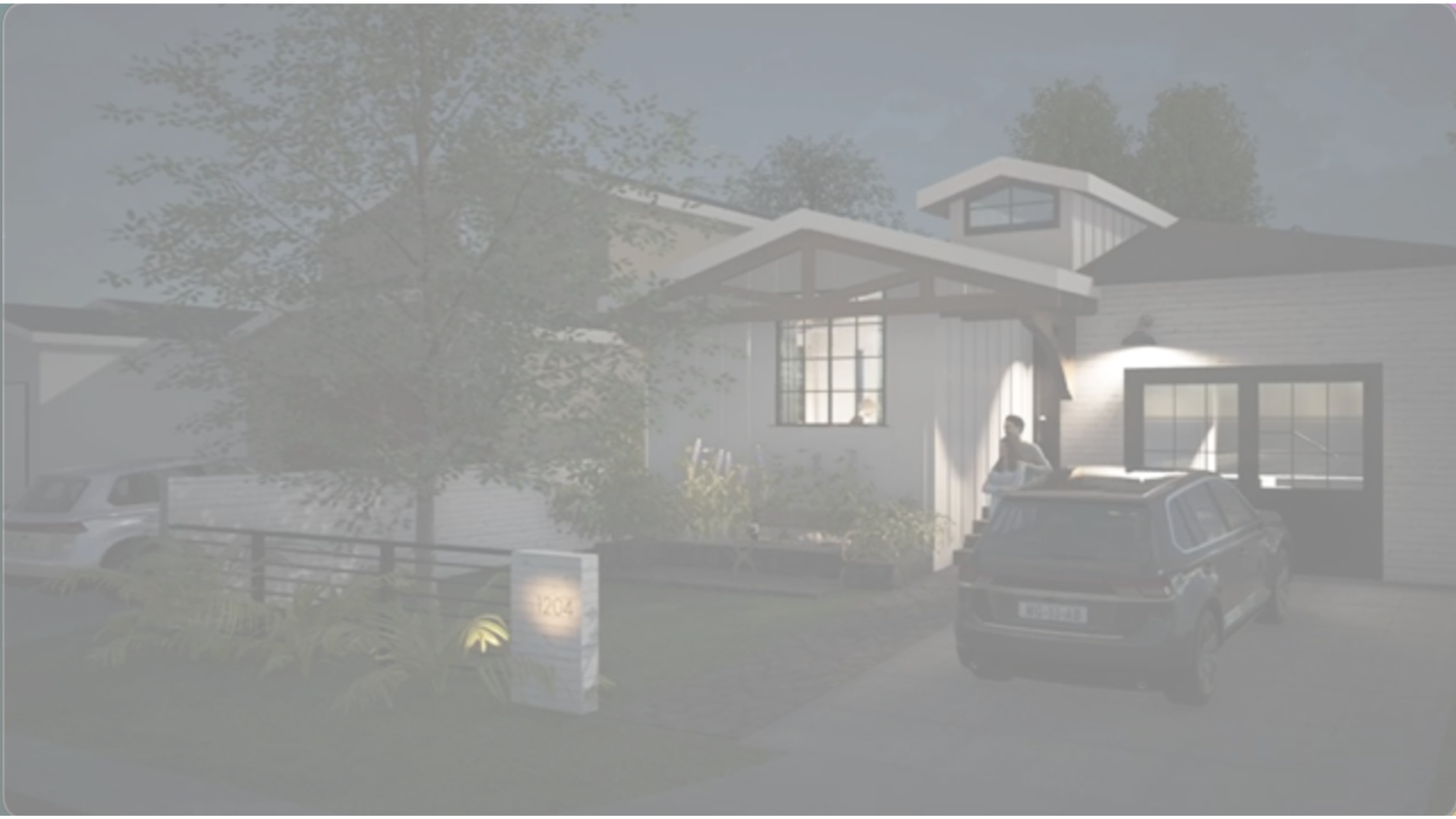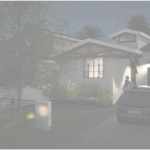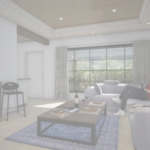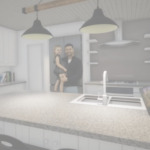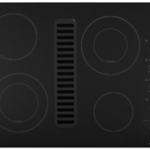Blog
Architecture
Would You Like Less Stress and More Time? Consider Living in an ADU.
With the high cost and low inventory of affordable housing, the possibility of homeownership is decreasing and traditional rentals are quickly snapped up. Consider an ADU.
0 Comment
November 4, 2022
Select Your Stove First – 5 Things to Consider When Designing Your Dream Kitchen
You're standing in your current kitchen thinking to yourself, why doesn't anything in this kitchen work the way I want?
July 11, 2022
Topics
Categories
- Architecture (13)
- Construction (4)
- Music (1)
Latest Posts
Underground Story in Altadena is Not a Basement?
November 3, 2022Project Spotlight: Malibu Beach Inn
September 28, 2022It’s Going to Cost How Much More???
July 18, 2022Why do Architects Like Black?
September 13, 2021
Newsletter
